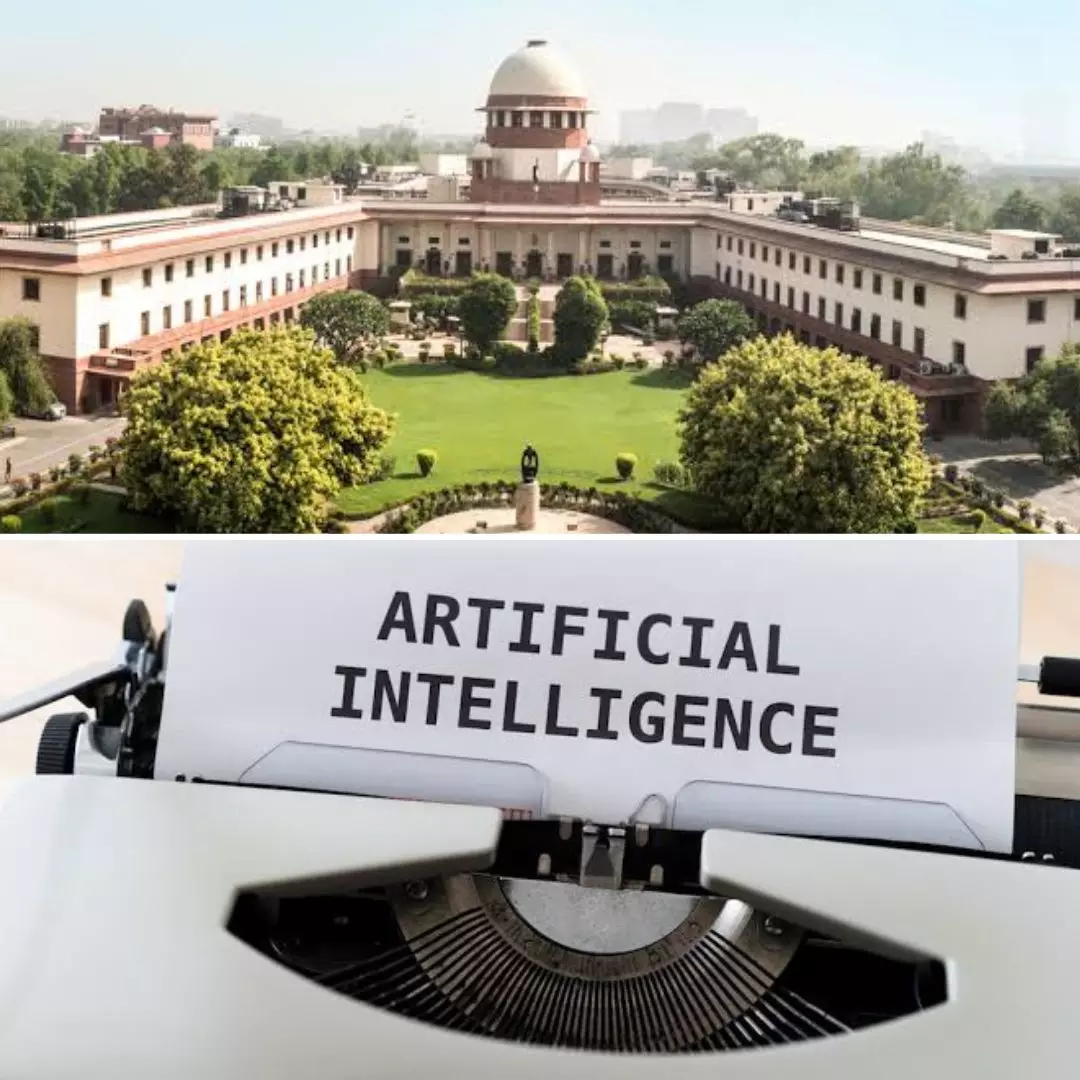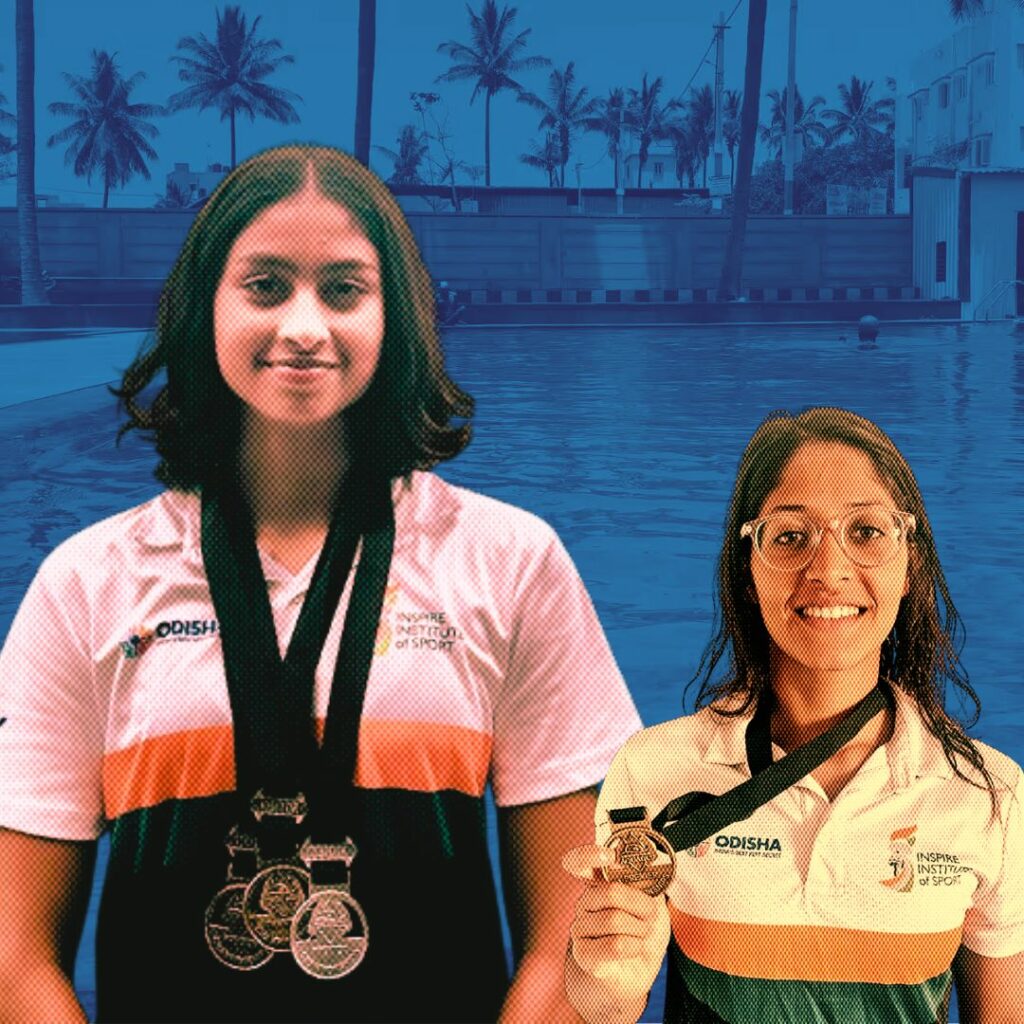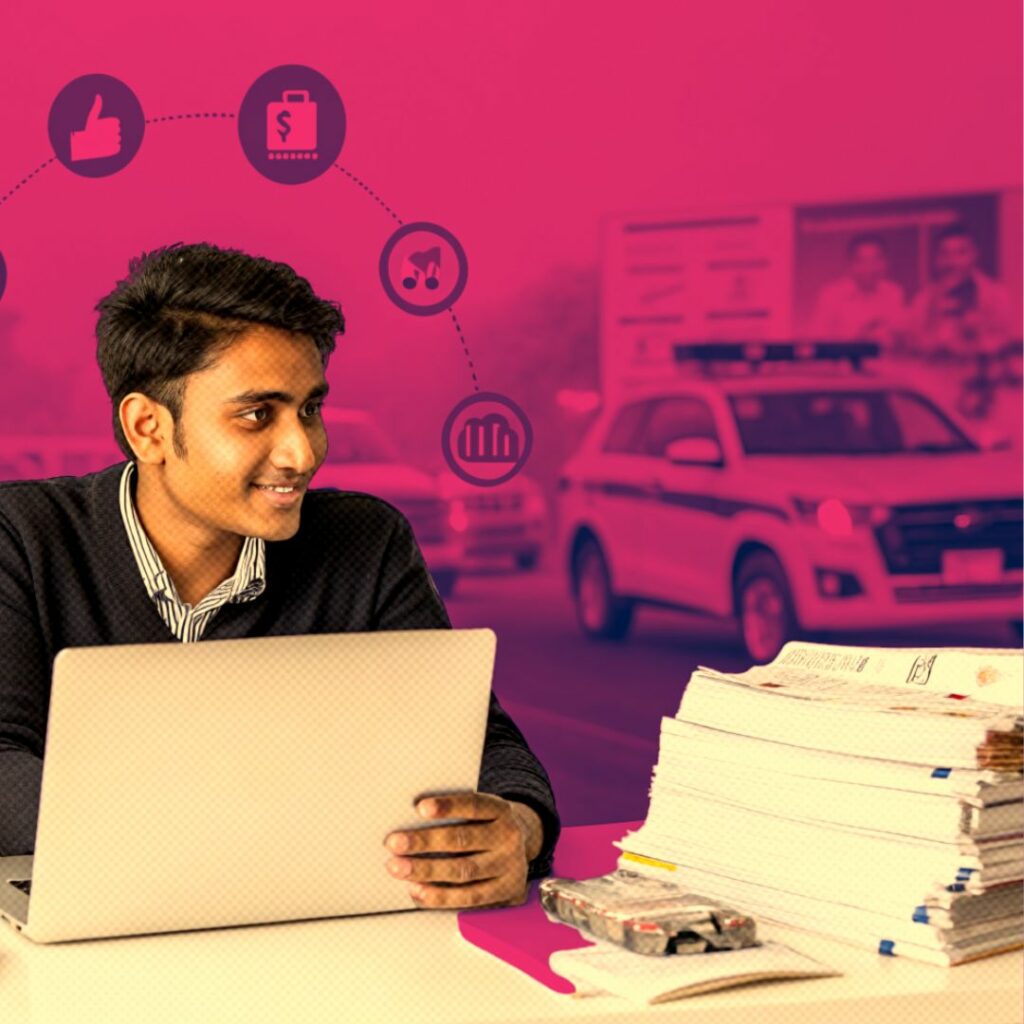Technology has slowly been finding its way into every field and benefitting a large group by helping structures function in a much more optimised and efficient manner. One such space that has been experimenting with the potential of technology is the legal benches.
For the first time in its history, the Supreme Court started a system for testing live transcription of oral arguments through Artificial Intelligence (AI) tools and Natural Language Processing (NLP) technology.
Huge Resource In Legal Space
Marking a day of technology and transformation, the Supreme Court on February 21 started testing live transcription of courtroom arguments via AI and NLP tools. Chief Justice (CJI) DY Chandrachud introduced the new system to the lawyers by stating, “We are just trying to explore the possibility of live transcription of arguments in court. We had to do it in a live environment, so it is an experiment.” The Bench comprising Justices MR Shah, Krishna Murari, Hima Kohli, and PS Narasimha, had assembled to hear petitions from the Shiv Sena fallout that happened in Maharashtra in 2022.
Pointing at the screen placed facing the lawyers in the courtroom, the CJI said that the system would be a “huge resource” for many individuals in the legal space. He added that the court would observe how it works, at least in the Constitution Bench matters, after which it can expand to other courtrooms. The AI transcription system would make it easier to maintain a permanent record of arguments, which could help judges, lawyers, and even aspiring law students.
“Every Word Is Recorded”
Justice Narasimha noted that the AI transcription makes the space “truly a court of record because every word is recorded.” However, the system is not devoid of challenges. Following the trial, the CJI observed that there might be a problem in transcription when two or more lawyers argue at the same time, but assured the Bar that the concern would be sorted. Justice Narasimha pointed out that the lawyers and other individuals in both virtual and physical hearings can raise a finger than crosstalking. This way, there would be no overlap of voices, and could avoid any confusion.
The CJI conveyed that regardless of the overlap, there would be personnel who would clean up the errors by the evening. According to an Indian Express report, the counsel would get a link to the transcription during the course of the day, and by evening they would have refined it accurately.
The move to incorporate advanced technology in the legal space was welcomed by Solicitor General Tushar Mehta and Senior Advocate Kapil Sibal, who were present in the court for the hearing. Sibal even cited a similar system of Examination Before Trial (EBT) proceedings in 1970s New York that would record everything said in the course of that examination.
https://thelogicalindian.com/h-upload/2023/02/22/500x300_229952-untitled-design-14.webp
Trending
2023-02-22 05:56:06.0
‘Huge Resource’: In A First, Supreme Court Live Transcripts Hearings Using AI Technology











